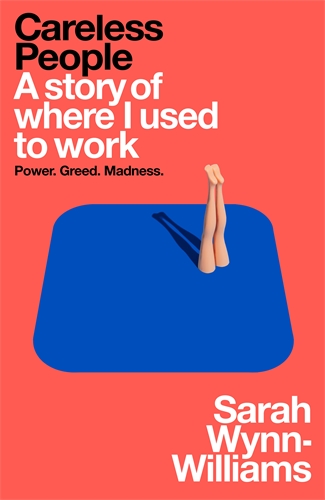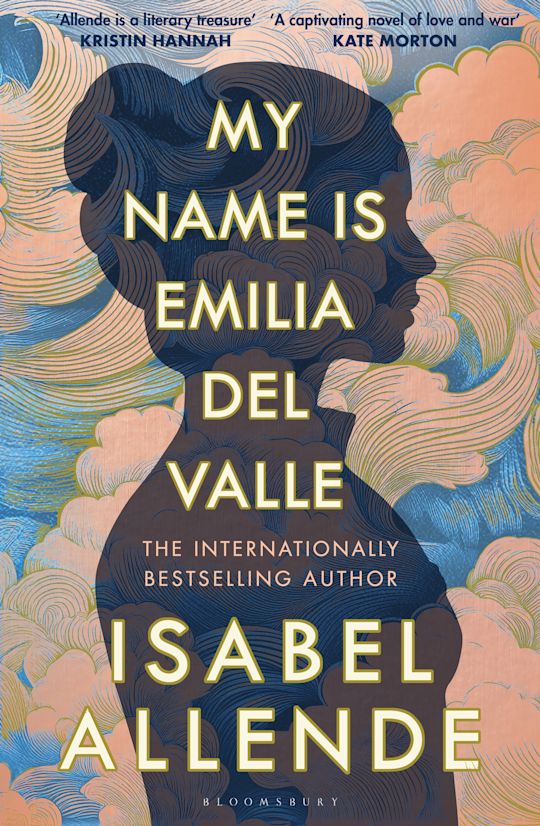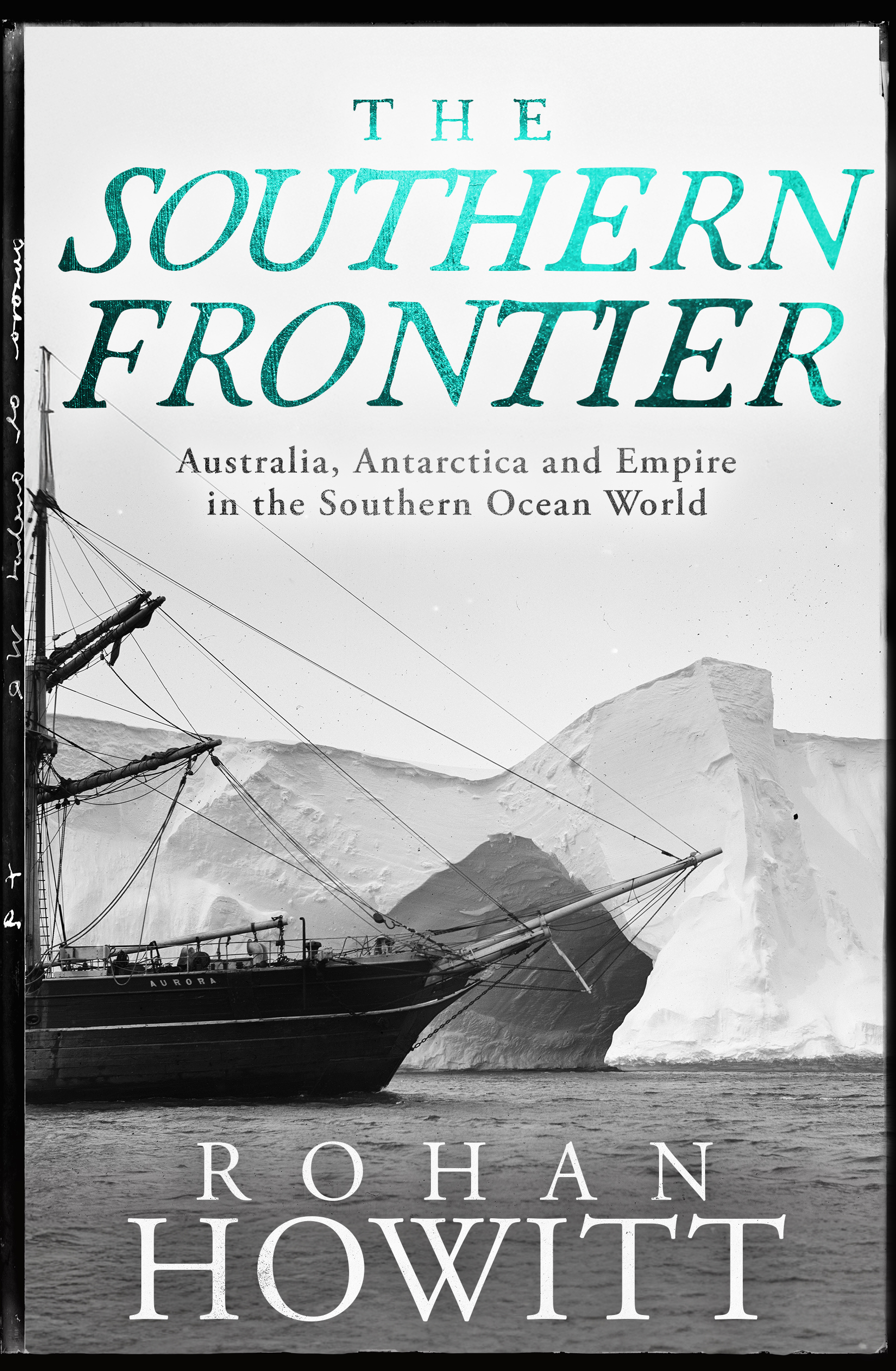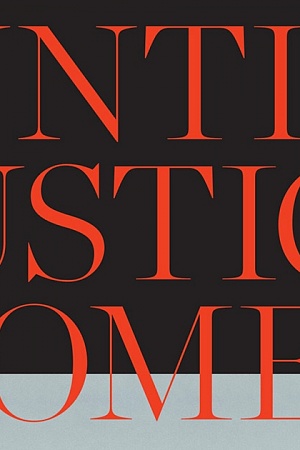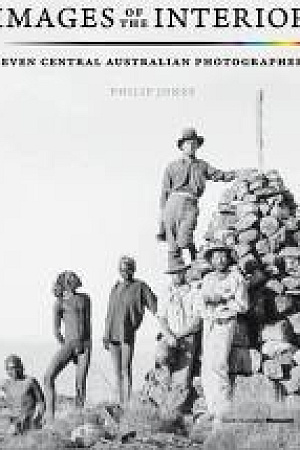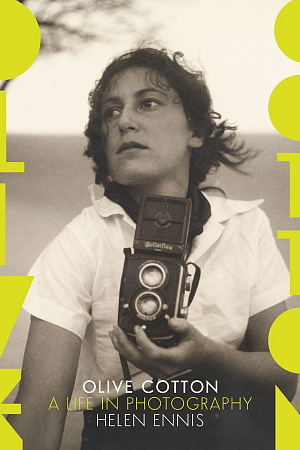Visualising Human Rights
UWA Publishing, $34.99 pb, 188 pp, 9781742589978
Visualising Human Rights edited by Jane Lydon
How do you visually portray a concept like human rights? Much of the scholarship around this question focuses on the idea that to understand what human rights might look like, we have to visualise life without them. Historically, photography has played a significant role in exposing violations of human rights to a mass audience. Images of King Leopold of Belgium’s vicious rule of the Congo in the mid-1800s, and pictures from the Holocaust, confirmed the import of the picture as a document of evidence. This is an idea that historian Jane Lydon, editor of Visualising Human Rights, affirms in the book’s introduction, where she states that photography is a universal language, one crucial to constructing ‘a shared humanity’.
While discussion on photography dominates Visualising Human Rights (as one would expect), the book also illuminates other approaches to thinking about the role of the visual in shaping collective thought. Featuring seven essays by scholars and artists, Visualising Human Rights explores ideas of the self-image, memory, selfrepresentation, spectacle, protest, personal narrative, and media censorship.
Continue reading for only $10 per month. Subscribe and gain full access to Australian Book Review. Already a subscriber? Sign in. If you need assistance, feel free to contact us.

